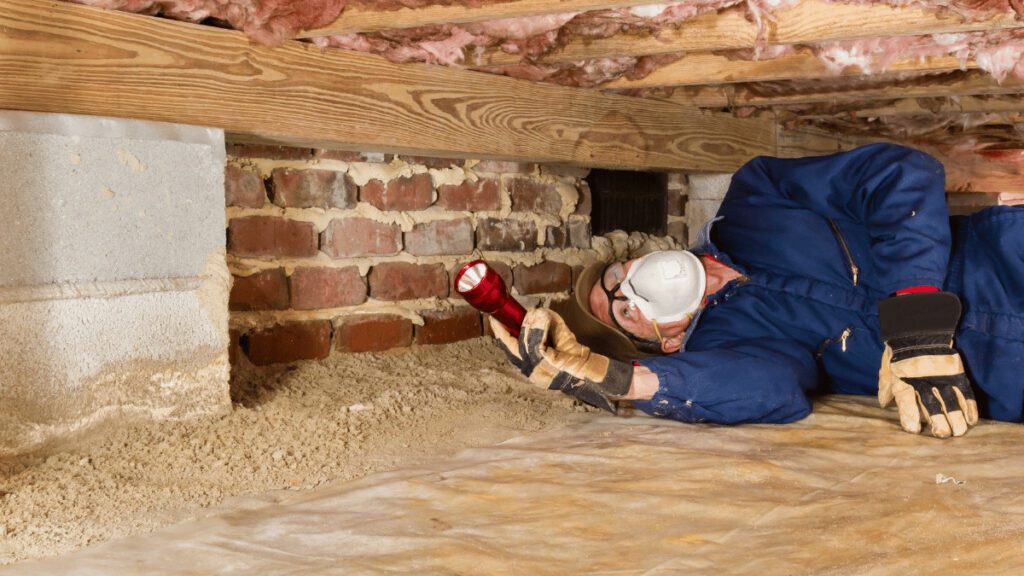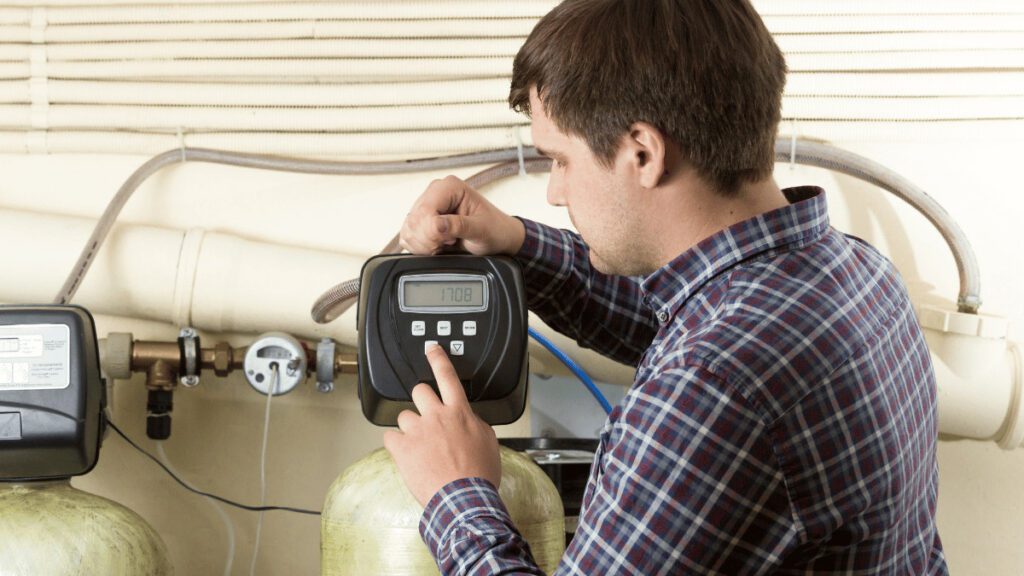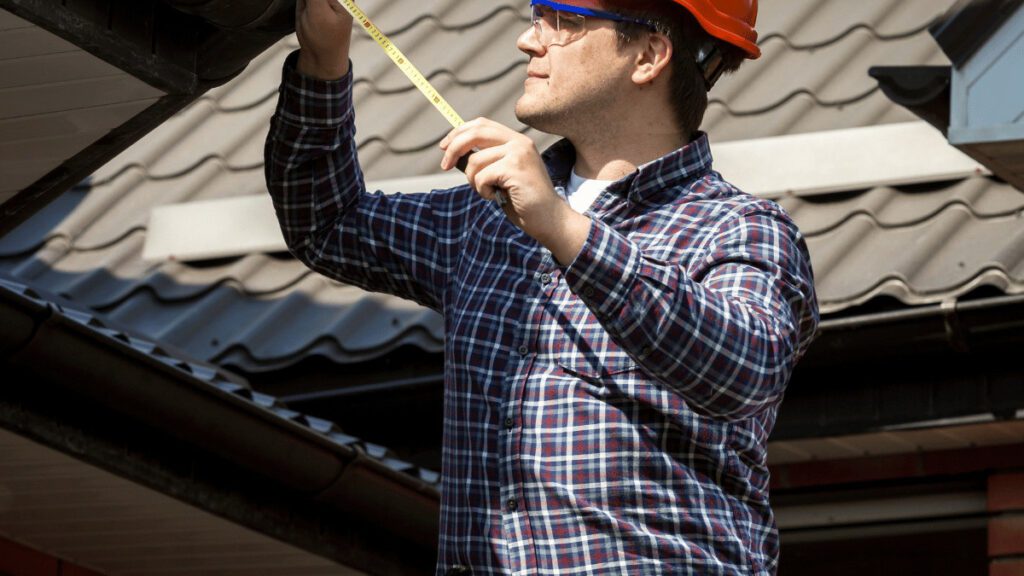According to the Louisiana State Board of Home Inspectors (LSBHI), there has been a significant surge in home inspection requests, with an observed increase of approximately 17.5%. This rise in demand highlights the growing importance placed on thorough property assessments by prospective homebuyers. As a result, home inspection vendors are experiencing a greater need to meet this demand and provide their services to ensure the safety and satisfaction of clients. In response to this upward trend, home inspection professionals must be equipped with the necessary tools and expertise to deliver comprehensive inspections and meet the rising expectations of homebuyers.
Performing a thorough home inspection requires a range of specialized tools to accurately assess the condition of a property. Whether you’re a professional home inspector or a homeowner conducting a self-assessment, having the right tools at your disposal is crucial. In this detailed blog post, we will explore the essential tools needed for effective home inspections.
From measuring instruments to testing devices, we’ll cover everything you need to ensure a comprehensive evaluation of a property’s structural integrity, electrical systems, plumbing, and more. Let’s dive into the world of home inspections and equip ourselves with the necessary tools for a successful evaluation.
Flashlight
A reliable flashlight is an indispensable tool in the arsenal of every home inspector. During a home inspection, there are often areas that lack proper lighting, such as crawl spaces, attics, basements, or dimly lit corners. In these instances, a flashlight becomes the inspector’s trusted companion, providing much-needed illumination to uncover potential issues that may be hidden in the shadows.

From detecting leaks and pests to identifying damaged wiring or structural concerns, a flashlight enables inspectors to thoroughly assess the property and provide accurate evaluations. In this article, we will explore why a reliable flashlight is a fundamental tool for any home inspector and how it aids in the inspection process.
- Illuminating Dark Areas: One of the primary functions of a flashlight during a home inspection is to illuminate dark or poorly lit areas. Crawl spaces, attics, and basements are notorious for lacking proper lighting, making it challenging to visually assess these spaces without additional illumination. A flashlight provides the necessary light to navigate through these areas, allowing inspectors to carefully examine structural components, plumbing systems, insulation, and more. By shedding light on these hidden spaces, inspectors can uncover potential issues that may impact the overall condition of the property.
- Spotting Leaks and Moisture Intrusion: Water intrusion and leaks are common problems that can lead to extensive damage if left unaddressed. A flashlight helps inspectors identify signs of water damage by illuminating areas where moisture may be present. This includes checking for water stains, discoloration, or mold growth on ceilings, walls, or flooring. By carefully inspecting these areas with a flashlight, inspectors can pinpoint potential sources of water intrusion and recommend necessary repairs or further investigation.
- Detecting Pests and Infestations: Pests, such as rodents or insects, can cause significant damage to property and pose health risks to its occupants. Dark and secluded areas provide ideal hiding spots for pests, making them challenging to detect without proper lighting. A flashlight enables inspectors to uncover signs of pest activity by illuminating potential nesting areas, droppings, gnaw marks, or insect trails. By identifying pest infestations early on, inspectors can advise homeowners on the necessary steps for remediation and prevention.
- Identifying Electrical Issues: Electrical systems are critical components of a home, and identifying potential hazards or faulty wiring is essential for safety. A flashlight aids in the inspection of electrical panels, outlets, switches, and wiring connections. It helps inspectors visually examine these components, and check for loose connections, signs of overheating, or any visible damage. By shining a light on these areas, inspectors can identify potential electrical issues that may require further evaluation by a qualified electrician.
Moisture Meter
In the realm of home inspections, moisture-related issues can pose significant risks to the structural integrity and indoor air quality of a property. Detecting hidden moisture is crucial for identifying potential water damage, leaks, or the presence of mold. This is where a moisture meter becomes an essential tool for every home inspector.
According to the statistics, issues with the roof were found in nearly 20% of home inspections. A moisture meter is a valuable tool for detecting hidden moisture within walls, ceilings, or floors, helping you identify potential water damage and leaks.
By measuring the moisture content within walls, ceilings, or floors, a moisture meter enables inspectors to uncover hidden moisture issues that may otherwise go unnoticed. In this article, we will explore why a moisture meter is essential in detecting hidden moisture and how it plays a vital role in assessing the condition of a property during a home inspection.
- Uncovering Water Damage and Leaks: Water damage can compromise the integrity of building materials and lead to costly repairs if left unaddressed. A moisture meter allows inspectors to identify areas of elevated moisture content within walls, ceilings, or floors, indicating potential water intrusion or leaks. By using a moisture meter, inspectors can pinpoint the source of water damage, evaluate its extent, and recommend appropriate remedial actions to mitigate further deterioration.
- Identifying Mold and Fungal Growth: Excessive moisture provides a favorable environment for mold and fungal growth, which can adversely impact indoor air quality and pose health risks to occupants. A moisture meter helps detect areas with high moisture levels, indicating potential mold growth. By identifying these areas early on, inspectors can recommend mold testing and remediation measures to ensure a safe and healthy living environment.
- Assessing Structural Integrity: Moisture can compromise the structural integrity of a property, leading to rot, decay, or deterioration of building materials. By using a moisture meter, inspectors can assess the moisture content within structural components such as wooden beams, supports, or subfloors. Elevated moisture levels in these areas may indicate hidden damage that requires further investigation and necessary repairs to maintain the integrity and stability of the property.
- Providing Accurate Documentation: During a home inspection, documenting findings is crucial for creating a comprehensive report for clients or homeowners. A moisture meter provides objective and quantitative data regarding moisture levels, allowing inspectors to provide accurate information in their reports. This documentation serves as valuable evidence to support recommendations for repairs, remediation, or further evaluation by specialized professionals.

Electrical Tester
Ensuring the safety and functionality of electrical systems is of utmost importance during a home inspection. To accomplish this, an electrical tester becomes an indispensable tool for every home inspector.
With 18.7% of home inspections identifying issues with the electrical system, an electrical tester becomes an essential tool for home inspection vendors. It allows you to check outlets, switches, and electrical panels for proper voltage, continuity, and potential hazards.
Whether it’s a voltage tester or a multimeter, this tool allows inspectors to assess outlets, switches, and electrical panels, providing valuable information about voltage levels, continuity, and potential hazards. By utilizing an electrical tester, inspectors can identify electrical issues, ensure compliance with safety standards, and provide recommendations for necessary repairs or further evaluation by a licensed electrician. In this article, we will explore why an electrical tester is crucial in assessing the safety and functionality of electrical systems during a home inspection.
- Checking Voltage Levels: An electrical tester allows inspectors to check the voltage levels in outlets, switches, and electrical panels. This helps verify that the electrical system is functioning correctly and provides the expected voltage for powering appliances and devices. By ensuring proper voltage levels, inspectors can identify potential issues such as overvoltage or Undervoltage, which can cause damage to electrical equipment and pose safety risks to occupants.
- Assessing Continuity: Continuity testing is essential for evaluating the integrity of electrical connections. An electrical tester, particularly a multimeter, enables inspectors to check the continuity of electrical circuits, ensuring that there are no breaks or interruptions in the flow of electrical current. By assessing continuity, inspectors can identify faulty wiring, loose connections, or damaged components that may result in electrical malfunctions or safety hazards.
- Identifying Potential Hazards: Electrical systems can pose various hazards, including improper grounding, reversed polarity, or faulty wiring. An electrical tester helps inspectors identify these potential hazards by testing for proper grounding, determining the correct wiring polarity, and detecting any irregularities in the electrical system. By uncovering these hazards, inspectors can recommend necessary repairs or further evaluation by a licensed electrician to ensure the safety of the property’s electrical infrastructure.
- Ensuring Compliance with Safety Standards: During a home inspection, compliance with electrical safety standards is paramount. An electrical tester allows inspectors to verify that electrical systems meet the required safety standards, such as the proper functioning of ground fault circuit interrupters (GFCIs) and arc fault circuit interrupters (AFCIs). Inspectors can also use the tester to check for the presence of these safety devices where they are required, ensuring compliance with building codes and regulations.
Other Home Inspection Tools
Digital Camera
A digital camera or smartphone with a good camera function is invaluable for documenting the condition of the property. Capture detailed images of any issues or areas of concern, ensuring a comprehensive report for your clients or personal records.
Tape Measure
Accurate measurements are essential for evaluating room dimensions, doorways, or any areas requiring repairs or upgrades. A sturdy tape measure enables you to document precise measurements during the inspection process.

Screwdrivers and Pliers
A set of screwdrivers (both flathead and Phillips) and pliers are versatile tools that come in handy for various tasks during a home inspection. They allow you to remove electrical outlet covers, check for loose connections, or perform minor repairs.
Ladder
A sturdy ladder is necessary for accessing elevated areas such as roofs, gutters, or crawl spaces. Ensure you have a ladder of appropriate height and weight capacity to safely navigate these areas during the inspection.
Gas and Carbon Monoxide Detector
To assess the safety of a property, a gas, and carbon monoxide detector is essential. This tool detects the presence of potentially harmful gases, providing an early warning system and ensuring the well-being of occupants.
A comprehensive home inspection requires a diverse range of tools to assess the various systems and components of a property. From the basics like flashlights and tape measures to specialized instruments like moisture meters and electrical testers, each tool plays a vital role in ensuring a thorough evaluation. By equipping yourself with these essential tools, you’ll be well-prepared to identify potential issues, provide accurate assessments, and offer valuable insights to homeowners or clients. Remember, safety is paramount during home inspections, so always follow best practices and consider additional protective gear as needed.


